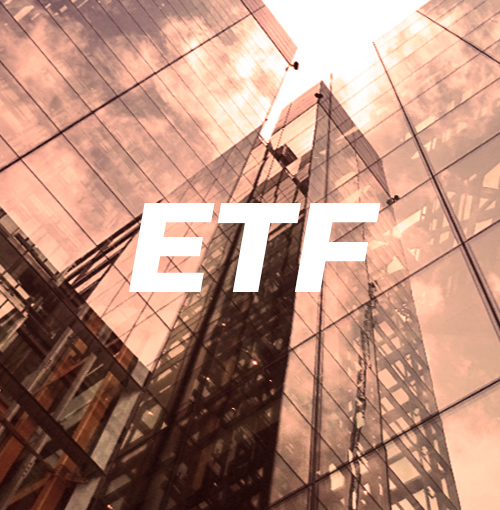
The Mechanics of Bank Revenue: Feeder and Master Funds Explained
In the ever-evolving world of finance, it's crucial to comprehend the mechanisms that drive bank earnings. One such intriguing concept is the feeder fund system, an instrumental tool utilized by banks to pool resources and facilitate efficient investment strategies. This article delves into the workings of feeder funds, the symbiotic relationship with their overarching master funds, and how this financial structure significantly impacts a bank's revenue generation.
The Concept of a Feeder Fund
A feeder fund, in essence, is a sub-fund which mobilizes all of its investment resources into a parent or Master Fund. This dual-layered structure is commonly employed by hedge funds to conglomerate a more extensive portfolio by collating investment capital.
The master fund handles all portfolio investments and trading strategies, leveraging a single investment advisor's expertise. This structure's dividends are allocated to the feeder funds in proportion to their capital contributions to the master fund.
Key Points:
Feeder funds collate investor resources, aggregating them into a central master fund.
The master-feeder structure can lead to reductions in operation and trading costs, leveraging economies of scale.
Hedge funds frequently employ this structure, with fees generated being distributed in proportion to the feeder funds.
Unraveling the Feeder Fund System
The prime advantage of the feeder fund-master fund structure lies in its operational efficiency and cost-effectiveness. The aggregated capital from feeder funds allows the master fund to leverage economies of scale, thereby reducing trading costs significantly.
While this model is highly beneficial for feeder funds with similar investment objectives, it might not suit funds with unique strategies. In such scenarios, the feeder fund's distinct characteristics may get lost within the combined portfolio.
Tip: Keep in mind that feeder funds diversify their investments across multiple master funds. This practice is an effective risk management strategy, as it helps spread risk across a range of investments.
Remember: The feeder fund system not only reduces trading costs but also brings down overall operating expenses.
Structural Overview of Feeder and Master Funds
Feeder funds, though they invest in a master fund, function as separate legal entities. They may diversify their investments across multiple master funds. Likewise, a master fund can accept resources from various feeder funds, creating a web of interconnected investments.
Each feeder fund may exhibit varying characteristics such as expense fees or investment minimums, leading to non-uniform net asset values (NAVs). Master funds often establish themselves as offshore entities, especially within the United States. This arrangement allows them to accumulate capital from both tax-exempt and U.S.-taxable investors while avoiding double taxation.
Important: U.S.-based master funds often establish themselves as offshore entities, allowing them to accumulate capital from both tax-exempt and U.S.-taxable investors.
Recent Regulatory Developments
In 2017, the Securities and Exchange Commission (SEC) made significant amendments, allowing foreign feeder funds to invest in U.S.-based open-end master funds. This change aimed to facilitate international portfolio managers in promoting their products in multiple jurisdictions.
The SEC's action aimed to safeguard the interests of investors, preventing master funds from exerting excessive influence over acquired funds, and protecting them from complex fund structures and layered fees.
Remember:
Feeder funds function as a catalyst, channeling investor resources into a central master fund, which facilitates portfolio diversity and risk management.
The consolidation of feeder funds into a master fund allows for significant reductions in operation and trading costs.
Master-feeder structures are frequently employed by hedge funds, with profits distributed back to the feeder funds in proportion to their contribution.
Feeder funds and master funds operate as separate legal entities, often diversifying their investments across multiple funds.
The SEC continually amends regulations to safeguard investors from potential undue influence from master funds and protect against complex fund structures.
Banks leverage financial instruments like feeder funds to streamline their revenue generation process, facilitate efficient investment strategies, and achieve operational efficiency. This dual-layered system forms an integral part of hedge funds investment strategies, directly influencing bank's profit margins. The evolving regulatory landscape continues to reshape this structure, emphasizing investor protection and transparency.
- Share this article





